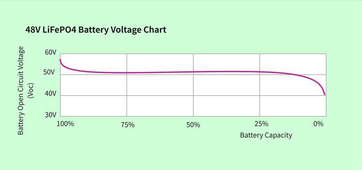Symbioquine
Solar Enthusiast
- Joined
- Jul 6, 2021
- Messages
- 428
Well, darn it. Once gain I and others have failed to read someone's mind, and attempted to post a comment that might help someone else reading a thread, and not just the OP. Seems like I gotta keep practicing this "forum on the internet" stuff. Will try harder. And btw, I can "coast" for about three days with no sun or generator, and consider anything more than about five days more than I need. But you do you, and congrats on your nearly a month of coast capability.
Haha, don't beat yourself up. Lots of folks talk about "days of autonomy" (i.e. total kWh ÷ kWh/day) which is what you're referring to there.
"Coasting" (as I'm trying to define it here) is a bit different. It's about the behavior that the system exhibits under real-world conditions.
While you might be able to function for 3 days without any inputs, you probably see stretches (of "coasting") longer than that where the batteries didn't get full from solar, but also didn't get empty enough to warrant turning on the generator.
More broadly, you might also run the generator, but not enough to get the batteries full - just enough to get to the next somewhat sunny day. This is also "coasting".
I think the OP has really no idea what he’s asking nor what the expected answer should be. Also keeps changing the goalpost so to speak. Say what you mean and mean what you say sheesh lol. You’re overthinking it
You can think whatever you like, but the concept I'm referring to isn't complicated. I've just stated the same thing in a bunch of different ways because some folks don't seem to be getting it.




